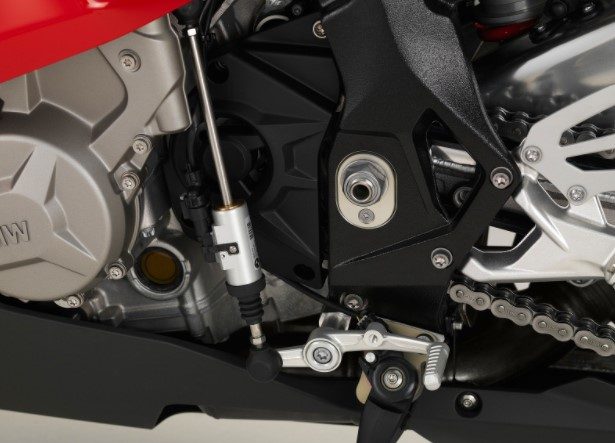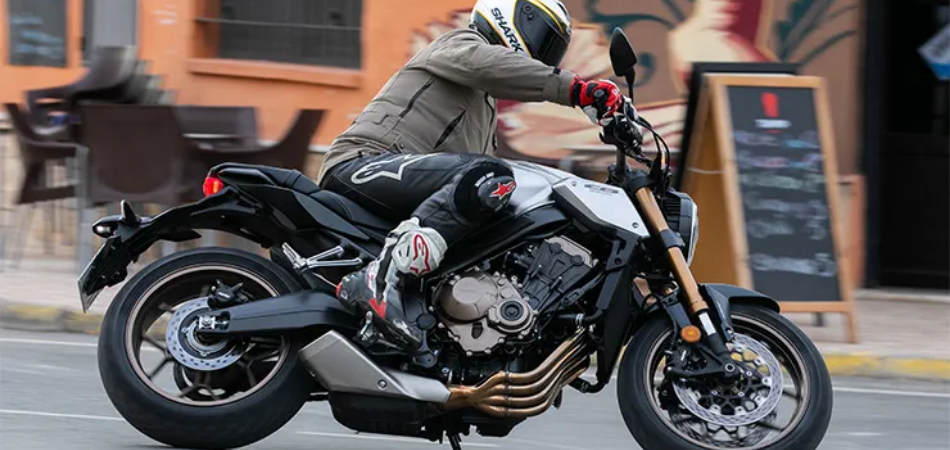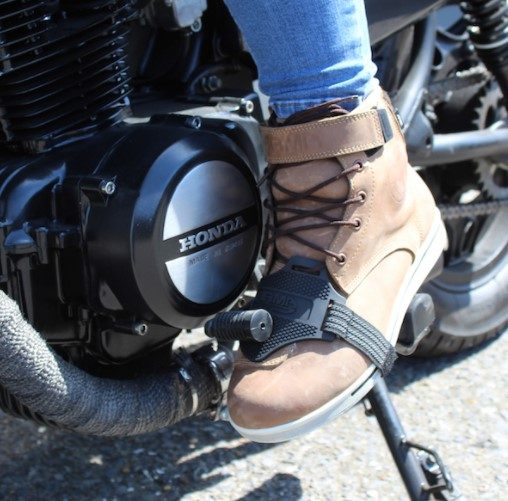The excitement that comes with riding a bike is beyond words. However, as a biker, it is crucial for you to learn your ways around the different gears; when to shift gears on the motorcycle, and at what RPM.
The essential skills that every rider must possess to properly handle a gear include braking, speed moderation, clutch and throttle control among others. In general, the ideal RPM to shift gears is 2000-2500 RPM, but as to when, you’ll need further explanation.
This informative guide will help you understand when and how to shift motorcycle gears, as well as what all different gears actually mean. So, let’s get to it.
Why Is It Important To Shift Your Gear Correctly?
Shifting motorcycle gear is one of the hardest things that motorcycle owners have to deal with. It poses a big problem because most do not know when to shift gears on the motorcycle, and at what RPM. The thing is, when you do not shift the gears smoothly, it brings about problems in the clutch cable, gear shift, lever engine oil, chain, and so on. This is why it is pertinent that bike users know when to shift gears in a motorcycle and at what RPM.

First, you must know that Revolutions Per Minute (RPM) is a signal used to notify when to shift gears. Ideally, the recommended RPM to change gears is around 2000 to 2500 RPM.
As we know gears are an important tool used by thousands of mechanical devices for different purposes. Highlighted below are the vital reasons why you need to shift gears correctly.
- Gears can improve the ability of a turning force.
- When gears are shifted correctly, they can showcase a stunning speed level such that a mere human can not stand.
- Shifting gear the right way makes room for the smooth running of the engine, thereby generating more power.
- Shifting and changing gears at various speed levels is critical for good engine performance.
- The gears of motorbikes put the rider in charge of the ride, and the exploration of the various gear levels makes the ride worthwhile.
When To Shift Gears On A Motorcycle At What Rpm?
To know when to shift gears perfectly, one must first identify the different gears that exist. Outlined below are the six (6) gear levels that every individual using a bike must know.

First Gear:
- The first gear runs between the rate of 0 km/h to 15 km/h.
- It is not used for driving, but to move the motorcycle from the Resting point to Starting point.
- Beginners are usually the ones who practice with the first gear.
- Unless faced with a long slope, one hardly makes use of the initial gear while driving.
The Second Gear:
- Riding a motorcycle starts properly with the second. It’s preferred rate to run is between 15 km/h to 30 km/h. When driving through crowded roads, the second gear is preferred because the heavy traffic makes accelerating to a high RPM impossible.
- Riding on this gear is quite smoother than riding with the first gear.
The Third Gear
- The third gear goes smoothly at the rate of 30km/h to 40 km.
- The speed at this point is just an overview of what should be rather than what needs to be followed squarely.
The Fourth Gear:
- The fourth gear runs between 40 km/h to 55 km/h.
- Here too, the speed limit is just a guide and not exactly what must be followed.
- It is with this gear that a person begins to get the motorcycle quickened.
- This is where a motorcycle’s high speed begins. Although 40 km/h does not look so high, it can be regarded as speeding because injuries can be sustained if an accident occurs at this point.
The Fifth Gear:
- The fifth gear runs from 50 km/h and above. It is best utilized when the road is smooth and free or when there is little or no traffic.
- The fifth gear poses more accident risk. It is advisable to always be on the watch and know when to move down the gear when riding your motorcycle on the fifth gear.
The Sixth Gear:
The rate for this gear spans between the range of 55km/h. As a result of the speed, a motorcyclist needs to be cautious because if an accident occurs, fatal injuries. Hence, caution is advised when moving the brakes or moving the gear.
After discussing the six gears that exist in a motorbike, the following paragraphs will address how to shift gears and at what RPM.
The RPM is responsible for measuring the rate at which the engine rotates. An increased RPM shows that the engine is rotating faster and also produces more torque rate. On the other hand, a decreased RPM shows that the rate of the engine rotation is slower which makes it generate less torque and rate level.
When the RPM is on the high side, the fuel consumption rate is very high, this leads to the increased power of the motorcycle. To experience rate and preserve fuel, make sure to shift up to 2000 RPM.
- Do well to have the RPM regulation in check. The limit is indicated by a red location in the tachometer screen and bikers generally refer to it as the redline.
- If not properly maintained, the engine is at a high risk of getting damaged the moment the red line is crossed. To avoid such a situation, it is always good to protect the performance of the motorcycle shift at a reduced rate.
Note: There is another method of knowing the appropriate time to shift the gear.
You can do so by monitoring the sound of the engine. If the engine sounds high, the gear should be shifted upwards, and if the pitch is lower, shift the gear downwards.
Tips For Quickly Shifting Gear
Outlined below are the tips to follow when in a quick need to shift the gear.

- The first tip is to always downshift just one gear level at a time.
- The second tip is to give a keen listening to the sound of the engine when shifting the gear.
- From observing the sound, if the torque sounds weak, then the power should be reduced.
- The third tip is to always make sure to launch the clutch slowly when changing the gear from initial to neutral.
- Launching a clutch too quickly when the gear is engaged may cause the engine to fall or lead to bumping.
- There is a high chance of the engine breaking if the gear is not shifted after crossing the redline.
Also, keep in mind that if the gear is not shifting upwards or downwards, it might be due to an issue with the following.
Not sure what you’re dealing with? Well, before we get to the bottom line, let’s briefly take a look at some other faults and fixes you should know about.
- The Clutch – When the clutch is faulty, it is either the slack is not enough or the slack is too much inside the cable.
- The Transmission Gear – A foreign object being stuck in the gear board can cause a seizure in the transmission of the gear.
- The Chain – It is important to always keep the chain in good shape and ensure that it is not unfastened or worn out
Conclusion
Riding a motorcycle seems all fun, but it can be a very daunting task, especially when you don’t know the right things to do. However, with the right information that has been provided in the article above, now you can enjoy an interesting and dauntless adventure.
